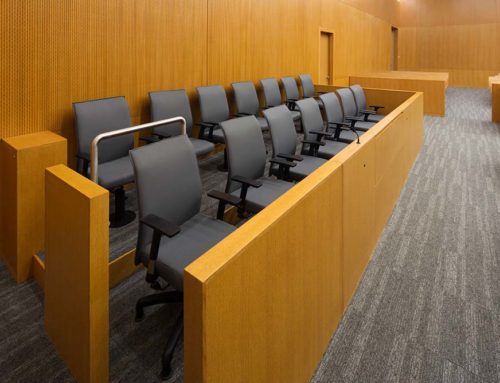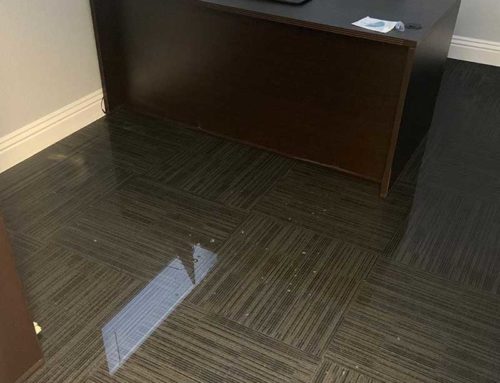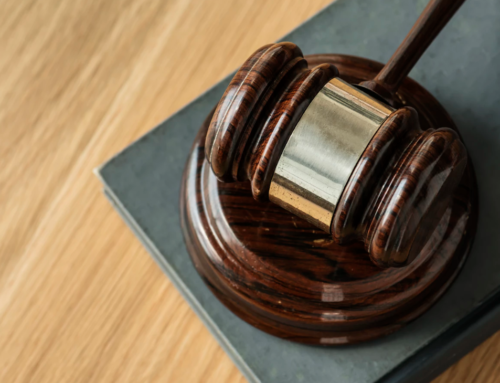Car accidents are always a shocking and traumatizing experience, no matter how big or small in nature. One popular question that we receive on a regular basis concerns rear-end accidents. Generally speaking, it is the person who rear-ends your car who is at fault, with some states using stricter laws regarding this issue than others. However, there are times when such accidents are not so cut and bone-dry. So how exactly does this occur?
If another car hits you from behind, the accident is almost always that driver’s fault, no matter what your reason is for stopping. One of the basic rules of the road instructs drivers to halt their vehicles safely if another car or truck stops ahead of them. If the driver is unable to stop in time to avoid a collision, he or she is not operating the vehicle as safely as the person who got hit.
The other important part of rear-end accident claims is vehicle damage, which undoubtedly provides how the accident occurred. If the other car’s front end and your car’s rear are both damaged, it’s basically impossible to contest what happened.
Yet in some accident situations, both you and the car behind you get hit by a third car. This third car runs into the car behind you, which pushes that person’s vehicle into yours. When this happens, it is the third car who is responsible for the resulting damage, not the driver who actually rear-ended you. This means filing a liability insurance claim against the third driver.
Understanding automobile accident liability is an essential part of safe driving and will keep you out of the offices of an auto accident attorney. Keep these tips in mind whenever you use your vehicle and stay safe on the road.
Have you been involved in an accident such as this? Share your story in the comments section below!







